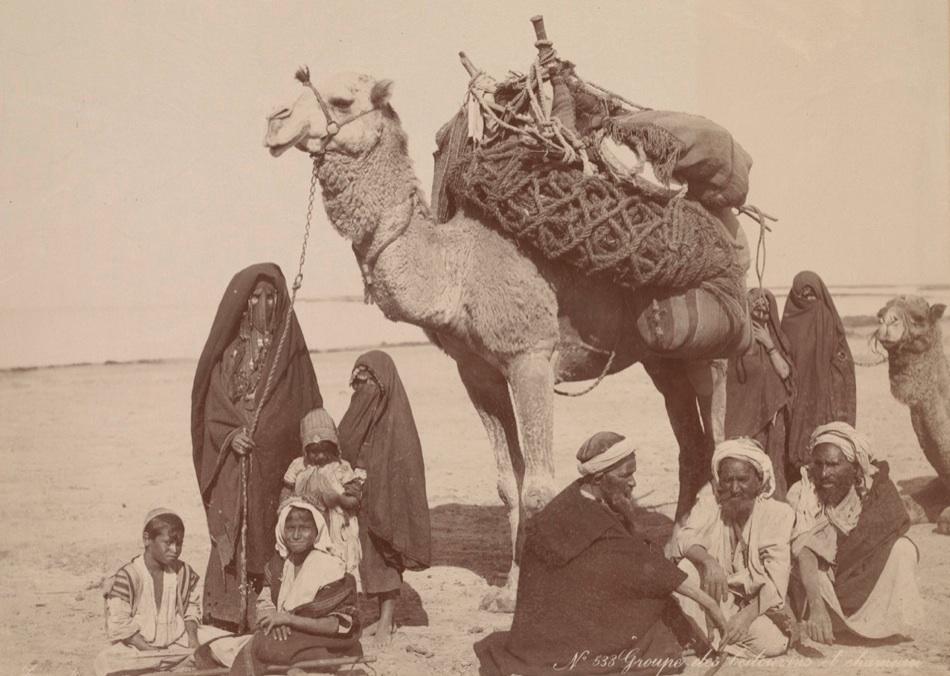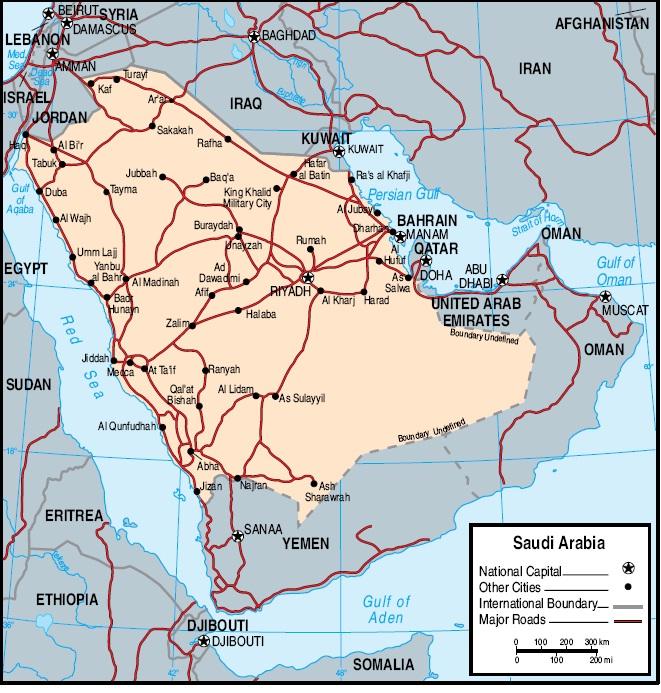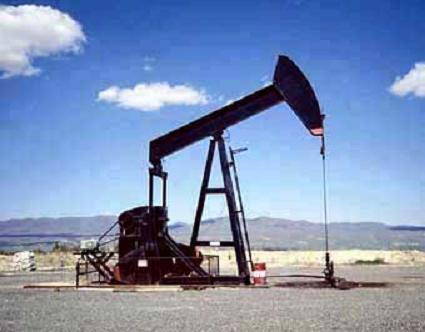Introduction
Saudi Arabia is one of the most important countries in the Middle East. The country has great wealth due to its enormous oil reserves. In addition to this, Saudi Arabia is a special country to Muslims all over the world since it is the birthplace of the Prophet Mohammed. My country has a rich and expansive history spanning many centuries. This history shows that the kingdom was not always the united regional power it is today. Modern-day Saudi Arabia was once a humble region that was occupied primarily by nomadic tribal societies. However, it was able to grow and become a strong regional power under the leadership of the Al-Saud clan. This paper will provide a brief but informative history of Saudi Arabia, starting from its formative years in the 18th century to its present form.
Early History
Saudi Arabia can trace its origins to the 18th century. During this time, the Ottoman Empire maintained control over parts of the territory that make up the modern-day Kingdom of Saudi Arabia. The Ottoman Sultan appointed rulers in the important cities of Mecca, Jeddah, and Medina. However, the Ottoman Empire did not exercise control over the interior region of Arabia, known as Najd. Without a formal Ottoman presence, the region was able to exercise independent rule with local princes ruling over the towns. One family that was a powerful force in the Najd region was the Al Saud family.
The Al Saud clan occupied the Diriya settlement in Najd, and since the early 1700s, a member of the Al Saud family ruled over Diriya. However, the Al Saud leadership was never able to expand beyond the small settlement.

The fortunes of the al Saud family changed when it interacted with the renowned religious reformer, Sheikh Muhammad ibn Abd al-Wahhab. Al Wahhab advocated for a monotheistic religion, which would be characterized by the strict adherence to the principles of Islam as taught by the Prophet Muhammad. This reformer recognized that he would require the support of political authority to realize his goal of a pure Islamic State.
In 1744, the Amir of Diriya, Muhammad ibn Saud met with Sheikh al-Wahhab. The two men shared a vision of an Islamic state, and they were able to forge a political alliance that was meant to create a state ruled by Islamic principles Islamic State. To fulfill this goal, the two carried out military campaigns aimed at conquering the villages that refused to submit to Ibn Saud and uniting Najd.
After his death, Ibn Saud was succeeded by his son, who continued with the expansionist strategies of his father. Due to the military activities of this new ruler, Diriya was now the most strong city-state in the Arabian Desert. The emir of Diriya set out to conquer even more cities in the region, including the important cities of Mecca and Medina. The capture of these two cities had important implications since it was seen as undermining Ottoman rule in the region.
The Sultan entrusted the task of re-conquering the holy cities to the Egyptian viceroy, Muhammad Ali. The Egyptian forces were able to capture the towns that Ibn Saud had captured and eventually destroy Diriya. The destruction of Diriya by the Ottomans marked the end of the First Saudi State that had been stated by the Saud-Wahhab alliance of 1744.
However, the success of the First Saudi State had inspired many Arabs in the Peninsula. Members of the Al Saud family remained committed to perpetuating this goal. In 1824, Turki bin Abdullah, who belonged to the State of Saudi, carried out a revolt against the Egyptian conquerors in Riyadh. He was able to defeat the Egyptians and establish the Emirate of Nejd. This new emirate became the Second Saudi State, and it attempted to recover some of the power of the First Saudi State. The Second State was marred by internal struggles for power within the ruling family, and it collapsed in 1891 following an intensive battle between Imam Rahman and Al-Rasheed. The battle ended in victory for Al-Rasheed whose house was able to defeat Al-Saud and force them to seek refuge in Kuwait.
The Third Saudi State
While in Kuwait, the Al Saud family started to make plans to regain power in Riyadh. They were able to accomplish this in 1902 through the young Abdul Aziz Ibn Saud. Abdul Aziz and a number of his followers attacked and defeated the House of Rashid. This marked the rise of the Third Saudi State, which went on to become the modern day Saudi Arabia. Having captured Riyadh, the Al Saud family set out to regain its power in Najd. Al Saud hoped to conquer more territory and regain the glory of the First Saudi State. However, he faced significant opposition, especially from the Ottomans and the Rashidis. In 1906 Ibn Rashid was killed in battle leading to a collapse of his house. This allowed Ibn Saud to establish himself as the dominant power in Najd.

During the First World War, Ibn Saud gained military and financial support from the British. A year after the end of the war, he was able to attack and decisively defeat Husayn Ibn Ali, who controlled the Hejaz region. In 1921, Ibn Saud’s forces took control of Northern Arabia and they later attacked Hejaz where they were able to capture Medina and Jeddah in 1925. In 1927, Ibn Saud was given the title King of Najd and Great Britain formally acknowledged the independence of the Saudi State. The right of the king to rule over the Hejaz region was also acknowledged.
Modern Saudi Arabia

The kingdom of Saudi Arabia was established in 1932 following the unification of the two kingdoms of Hejaz and Najd. The unification occurred under King Abdul Aziz who became the ruler of the new Kingdom of Saudi Arabia. Immediately after the unification, King Abdul Aziz took steps to assert his authority as the absolute monarch of the kingdom and prevent Hejazi separatism. In its early years of existence, Saudi Arabia did not have significant financial resources. The kingdom remained poor since government revenues were obtained primarily from agriculture and the money paid by Muslim pilgrims to the holy sites.
The economic situation in my country changed dramatically when huge oil reserves were discovered in 1938 by the American oil company Standard Oil of California (SOCAL). This first discovery was followed by many more which established Saudi Arabia as having the largest oil reserves in the country. From then on, oil revenues became an important source of financing for the Kingdom of Saudi Arabia.

To ensure that the kingdom derived the greatest benefit from its oil reserves, the King made some changes to the original agreements made with Western oil mining companies. To begin with, the company in charge of extracting Saudi oil was renamed Arabian American Oil Company. King Abdul Aziz negotiated for a deal that increased the Saudi shares of the oil revenue to 50%. This new deal significantly increased the financial resources available to the Saudi government. The oil wealth led to some changes in the Kingdom. The new wealth enabled the government to engage in extravagant projects.
In 1953, the founder of Modern Saudi Arabia, King Abdul Aziz died and his son Saud Bin Abdul Aziz took over as the new leader. The new king lacked the leadership ability of his father. He wasted the country’s resources through his extravagant lifestyle and the Kingdom of Saudi Arabia suffered from financial hardships during his rule. Due to the perceived incompetence of King Saud, a rivalry emerged between him and his half brother Faysal. This rivalry culminated in the deposition of Saud as king in 1964. He was forced to give up power to Faysal who became the third king of Saudi Arabia.
Faysal was a competent leader and he immediately embarked on a plan to stabilize the kingdom. To begin with, he established an effective bureaucracy that led to better management of the country’s resources. The king was able to move the country out of the economic crisis that King Saud had perpetuated. He implemented a five-year-plan that was mean to foster economic growth and development in the country. In addition to this, King Faysal implemented policies aimed at making Saudi Arabia a modern State. He introduced western technology into the country and increased the government’s spending on education in the kingdom. King Faysal maintained close diplomatic relations with the Americans who provided military support to the kingdom. King Faisal’s rule ended abruptly following his assassination in March 1975.
The Crown Prince Khalid took over the throne and he continued to implement the modernization policies that Faysal had began. Industrial cities were established in the country and agricultural development undertaken. The kingdom experienced significant economic and social development during his reign. King Khalid was concerned about the military power of his state. He therefore modernized the Saudi military with the help of sophisticated equipment bought from the US. The King was a proponent of the formation of a Gulf Cooperation Council in 1981. This alliance of Persian Gulf States is today a powerful political and economic union in the region.
King Fahd took over leadership following the death of King Khalid in 1982. During his reign, Saudi Arabia continued to have good diplomatic relations with the West. King Fahd also continued with his predecessors activities to modernize and strengthen the Saudi Military. King Fahd wanted to emphasize on the Islamic authority of his reign. To achieve this, he included the title “Custodian of the Two Holy Mosques” to his title. He set out to encourage various Islamic nations to cooperate with each other and develop a common agenda. He was instrumental in ending the Iran-Iraq war in 1988. The King’s reign suffered a major setback when he was afflicted by a stroke. As a result of this, he had to appoint the Crown Prince as his regent. King Fahd died in 2005 at the age of 84.

King Fahd was succeeded by Crown Prince Abdullah, who had served as his regent since 1995. After ascending to the throne, King Abdullah introduced some moderate reforms in the country. He encouraged economic diversification to reduce the country’s reliance on oil revenues. In the first year of his reign, the Kingdom of Saudi Arabia joined the world trade organization, underscoring the desire of the King to promote economic progress in the country.
Political reforms were made to make the government more inclusive. His reign has also witnessed the appointment of the first female deputy minister in the kingdom’s history. King Abdullah’s regime was able to avoid the mass uprisings that led to the overthrowing of regimes in many Arab countries.
Abdullah died in January 2015 and he was succeeded by Crown Prince Salman. My current king is eager to continue with the political and social reforms started by his brother the late King Abdullah. He has also embarked on steps to streamline the bureaucracy in the Kingdom and therefore increase efficiency.

Conclusion
My homeland Saudi Arabia is one of the last successful monarchs in the world. This paper has documented the history of the kingdom, beginning with the First Saudi State which was formed in 1744. The paper has shown how the Al-Saud family was able to expand from being the leader of a small settlement into ruling over most of the Arabian Peninsula. The kings who have reigned over the kingdom have been mentioned and their significant achievements highlighted. The current ruler, King Abdullah, is committed to ensuring the future success of the Kingdom of Saudi Arabia.